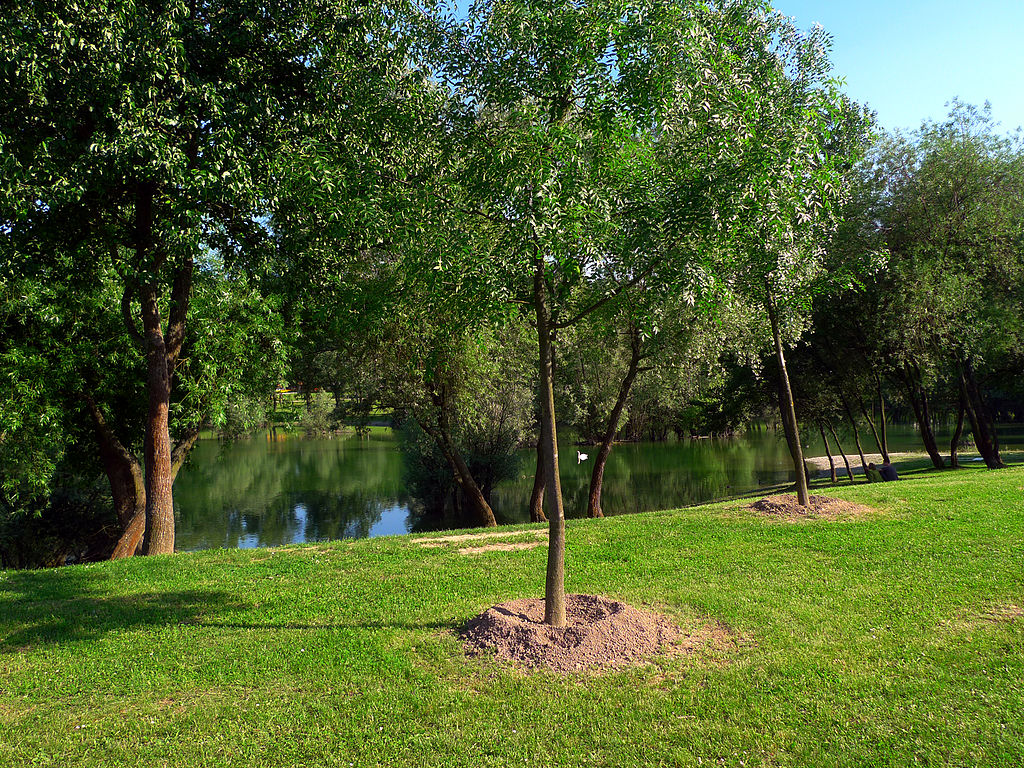Many of us wake up on Saturday and Sunday mornings with list of “Honey-Do’s.” Sometimes landscaping and yard work makes the list, and we have to plant a few trees and re-mulch the yard. Well here is a quick, easy guide to planting a tree, to make that honey-do list go by a little quicker.
BEFORE PLANTING A TREE
Before planting a tree there are a few questions you need to ask and answer…
- Is it the right season to plant a tree? Most trees are planted in the fall or early spring while the trees are dormant. Planting during the dormant season allows the root system to establish itself before the summer season when new growth is stimulated.
- Are there any utility lines where you want to plant your tree? You want to locate these lines BEFORE you start digging. This will prevent serious injury to yourself and your wallet! Never assume that underground utilities are buried deeper than you are digging. Root systems and underground utility lines can often coexist without problems. However, trees planted near underground lines could have their roots damaged if the lines are dug up for repair.
- Are there any overhead lines? These lines are easy to spot. Planting tall growing trees below these lines can lead to the unsightly pruning. Proper selection and placement of trees in and around overhead utilities can eliminate potential public safety hazards, reduce expenses for utilities and their customers, and improve landscape appearance!
Our Arborists can help you determine the right plant for the right place. Planting a tree is an investment. Getting the right tree off to a healthy start will help the tree mature to its full size and improve your curb appeal!
5 EASY STEPS TO PLANTING A TREE
- Identify the Trunk Flare. The trunk flare is the part of the tree where the trunk begins to widen before forming the root ball
- Dig a hole that is 2-3 times wider than the root ball. The hole shouldn’t be very deep, it should only be as deep as the root ball itself. If the whole is too deep, the roots won’t get enough oxygen.
- Place the tree in the hole. Making sure that the container or wire basket as been removed, the tree sits at the appropriate height, and that the tree sits straight inside the hole.
- Backfill the hole. Backfill the hole with the original soil, making sure to pack the soil around the root ball’s base to stabilize it. Avoid fertilization when planting.
- Mulch the base of the tree. Mulching provides protection from lawn care equipment, maintains moisture and temperature of the soil, and provides nutrition to the trees as it decays.
Planting a tree is an investment. Getting your new tree off to a healthy start will help the tree mature to its full size and improve your curb appeal!


